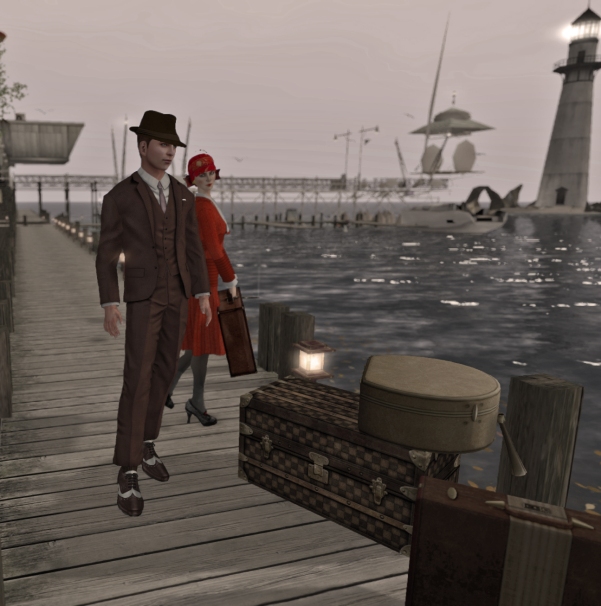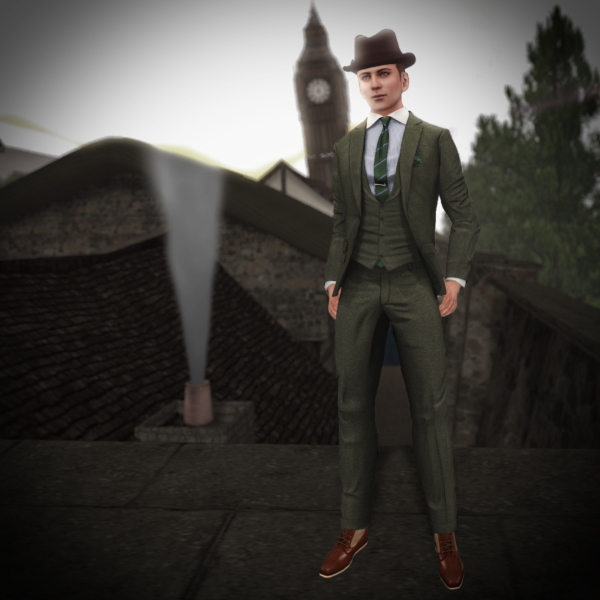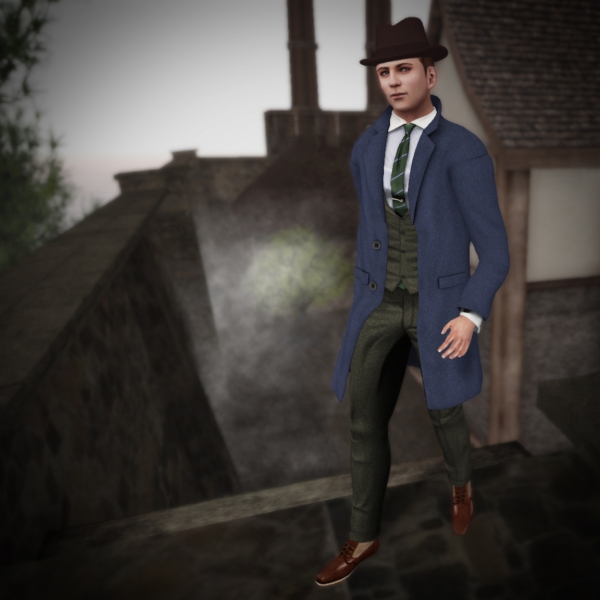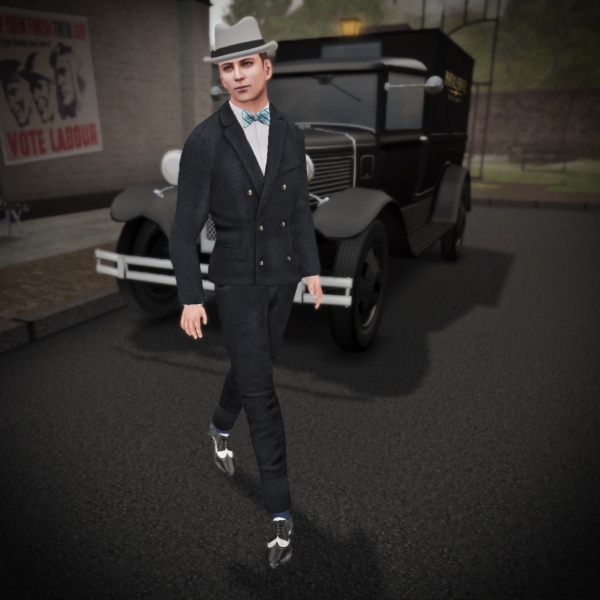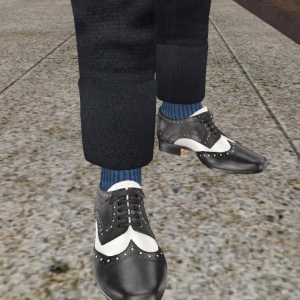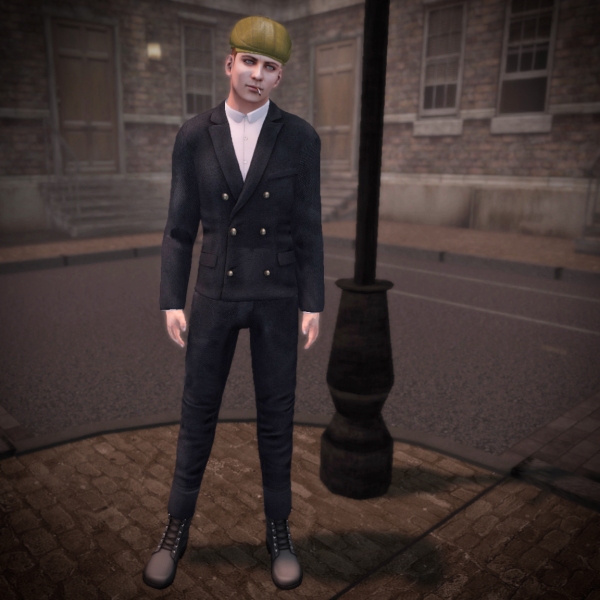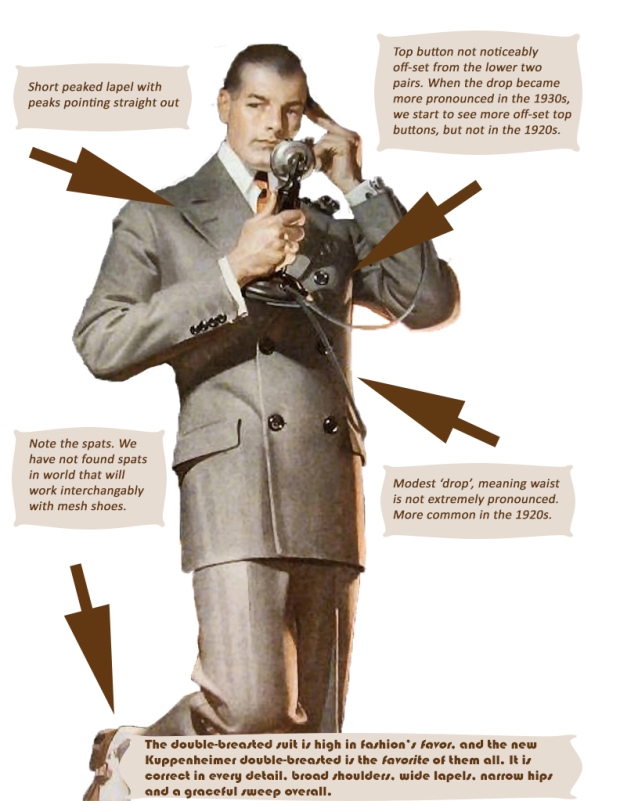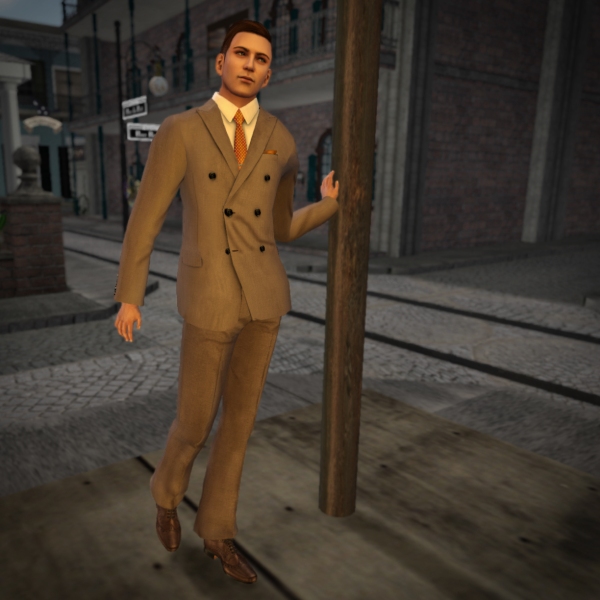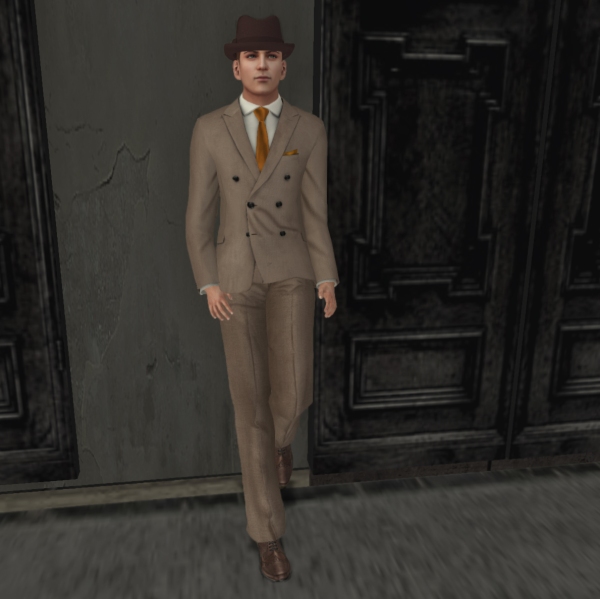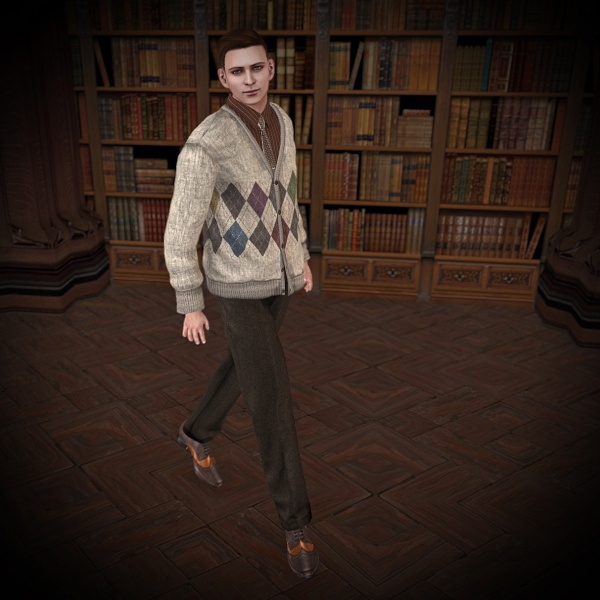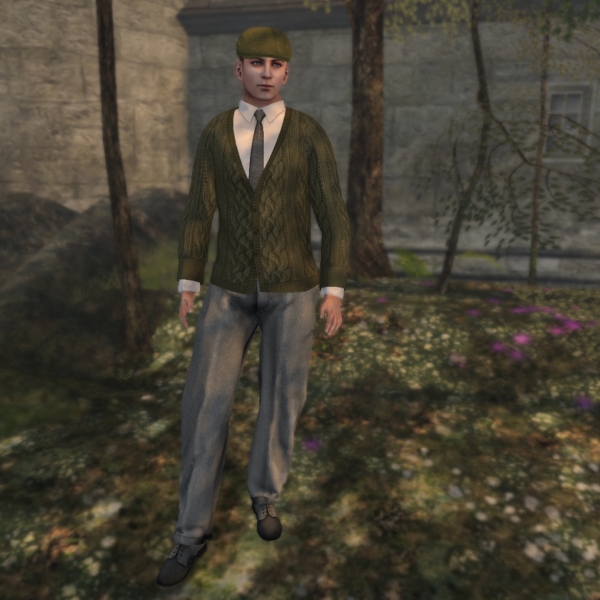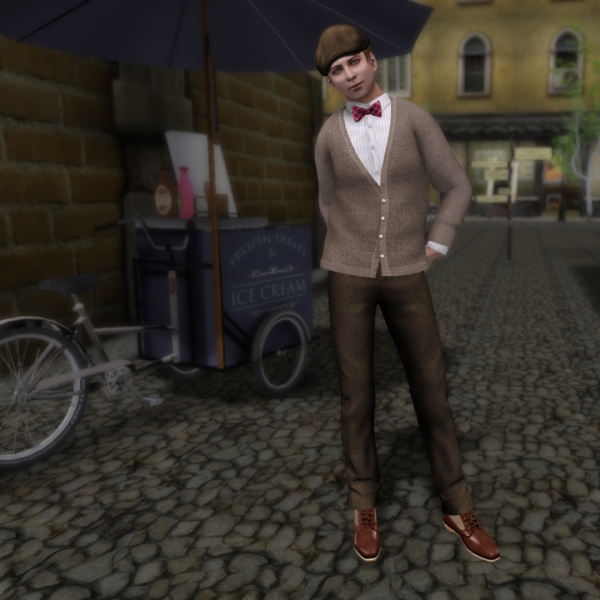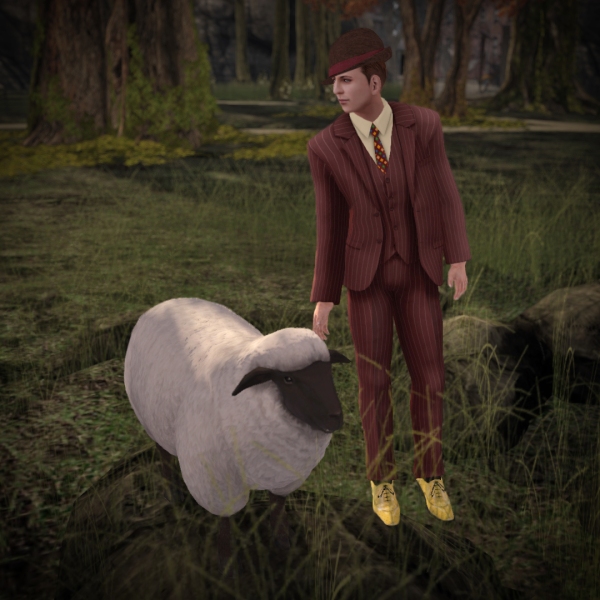 Location: L’Arc-en-Ciel, Winterfall
Location: L’Arc-en-Ciel, Winterfall
“Jeeves,” I said.
“Sir?” said Jeeves. He had been clearing away the breakfast things, but at the sound of the young master’s voice cheesed it courteously.
“You were absolutely right about the weather. It is a juicy morning.”
“Decidedly, sir.”
“Spring and all that.”
“Yes, sir.”
“In the spring, Jeeves, a livelier iris gleams upon the burnished dove.”
“So I have been informed, sir.”
“Right ho! Then bring me my whangee, my yellowest shoes, and the old green Homburg. I’m going into the Park to do pastoral dances.”
It’s a bit early for pastoral dances in the park, unless one has been where we have been lately. Thoughts of spring intrude in situ, while much of the northern hemisphere is still shoveling snow. But, there we are.
We’ve often wondered about this “yellow shoe” business that Mr. Wooster refers to in this passage. Was it really a true and unapologetic yellow, or was it what might be termed ‘tan’? A lighter shade of tan that approximates a pale brown that can be read as ‘yellow’, but still not blatantly yellow, if you know what we mean. We’re having a difficult time finding period illustrations or samples of truly yellow shoes, so have to assume that by “yellow,” our Bertie might mean something more like the following:
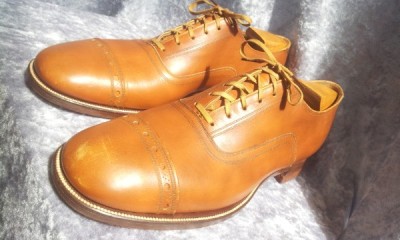
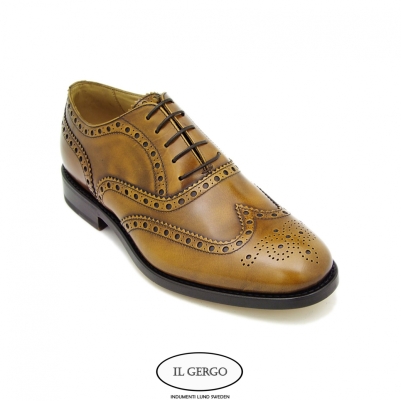
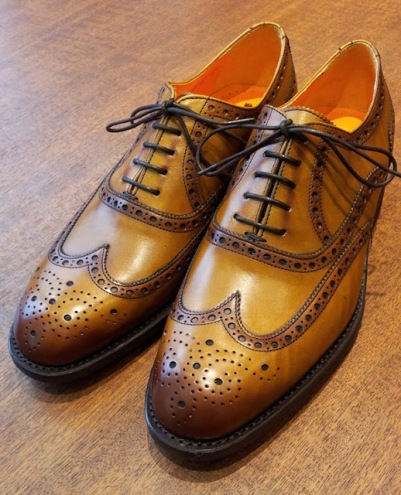
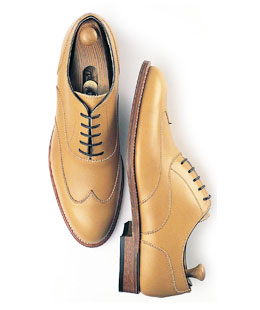
We also imagine these shoes in a perforated spectator style, a fashion that can be found in particularly dandy samples of spring/summer shoes for men in the 1920s and ‘30s. Unlike perforated broguing, these shoes would have had ventilation holes punched clear through a single layer of leather.
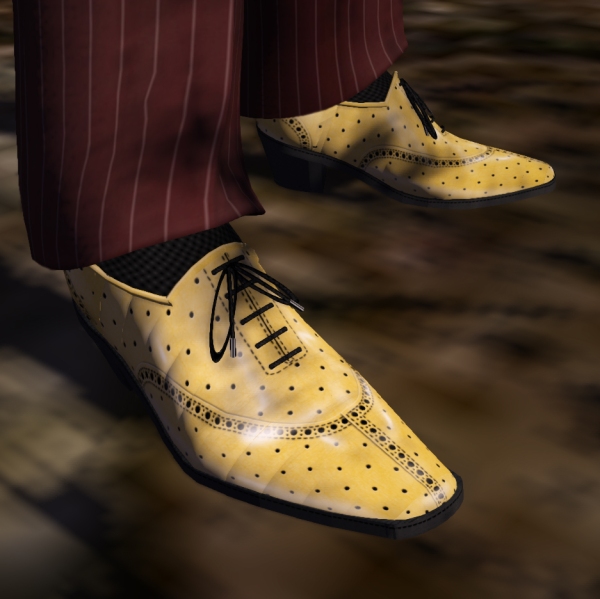 [1] The Sebastian shoe in “mustard” with perforated broguing.
[1] The Sebastian shoe in “mustard” with perforated broguing.
But in the interest of considering the other “yellow” possibilities, here are some additional options:
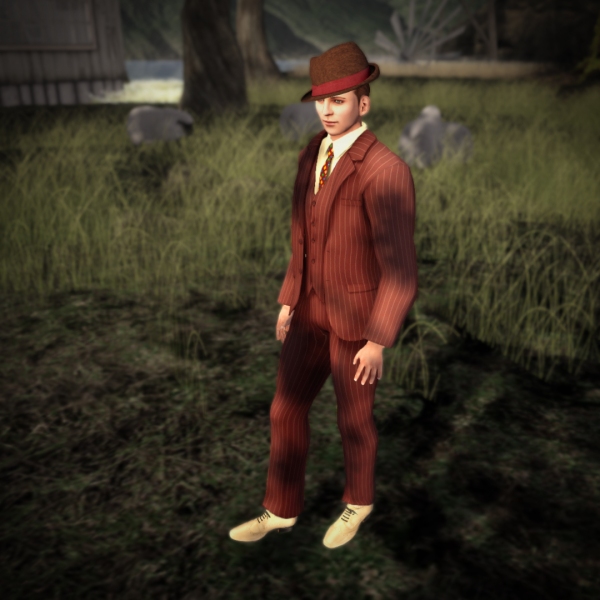 [2] Our favorite brogued Oxford standby from Lapoint & Bastchild in the “cream” color option, which can read as yellow if one squints in the right light…
[2] Our favorite brogued Oxford standby from Lapoint & Bastchild in the “cream” color option, which can read as yellow if one squints in the right light…
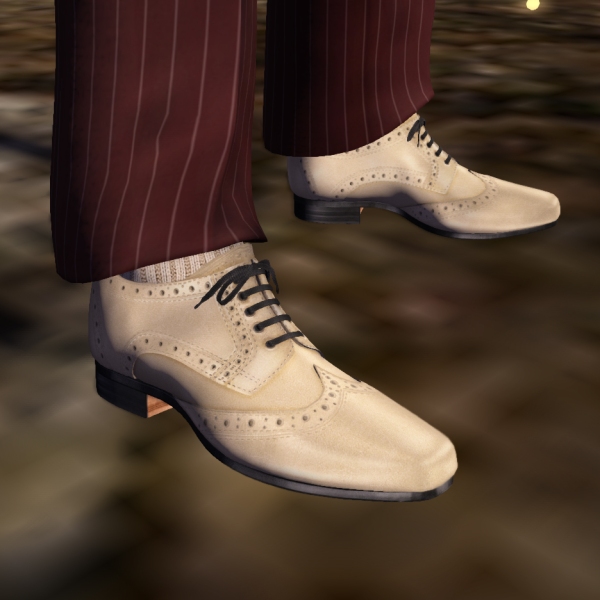 …but mostly reads as cream.
…but mostly reads as cream.
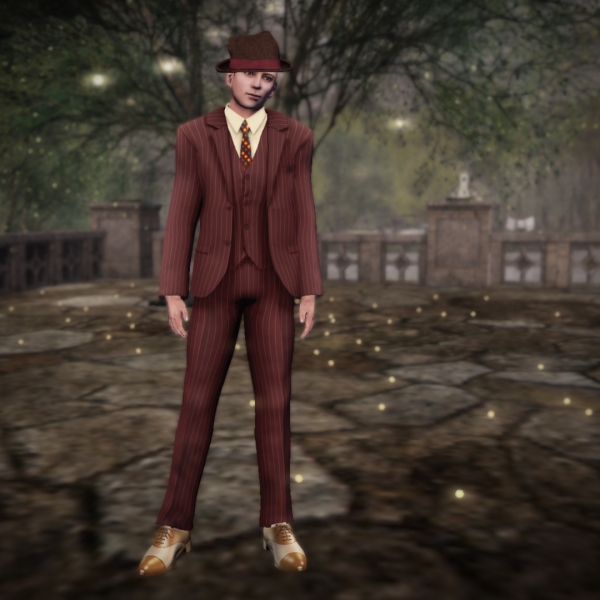 [3] The best option we’ve found for approximating what we’ve found in the period illustrations, from Haysuriza.
[3] The best option we’ve found for approximating what we’ve found in the period illustrations, from Haysuriza.
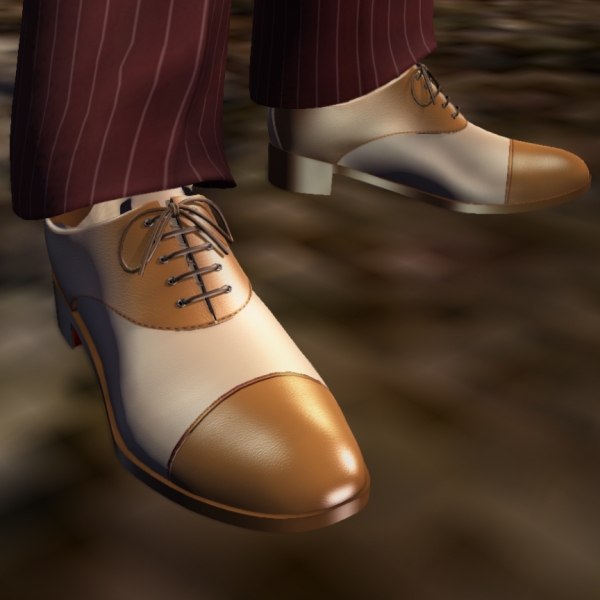
Whangee, by the way, is a bamboo grass with woody stems used to make things like canes, umbrella handles, handbag handles, cigarette holders. etc. We do not absolutely know what the “whangee” referred to above might be, but given that canes from whangee are commonly referred to as “whangees,” we’ll make a reasonable guess that Bertie is stepping out with a cane, rather than an umbrella on such a fine spring day. Alas, while there are canes in world, as have not discovered a whangee, specifically.
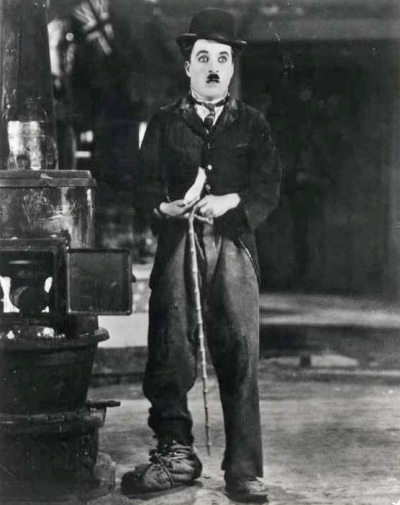 Mr. Chaplin with his crook-handled whangee, My Love of Old Hollywood
Mr. Chaplin with his crook-handled whangee, My Love of Old Hollywood
As for a green Homburg, we’d love one, although it might not be the best option for this particular suit. Our brown Homburg would be suitable, but we opted for the jauntier, perhaps a tad flashy, slouched fedora.
Suggested
Shoes [1] ~ Sebastian in mustard
Shoes [2] ~ Lapoint & Bastchild wingtip with single and two-tone options (includes HUD)
Shoes [3] ~ Haysuriza, Lace & Cap Consul in tan
Suit ~ FATEwear, Norton in “claypit”
Shirt & Tie ~ Hoorenbeek, Real Shirt, with print tie HUD added
Hat ~ Elysium Frankie boy hat, acquired through a past MenStuff Hunt,
Dressed for [1] L$1915, [2] L$2139, [3] L$1900
Resources Consulted
“Jeeves in the Springtime”
Vintage Shoe Addict
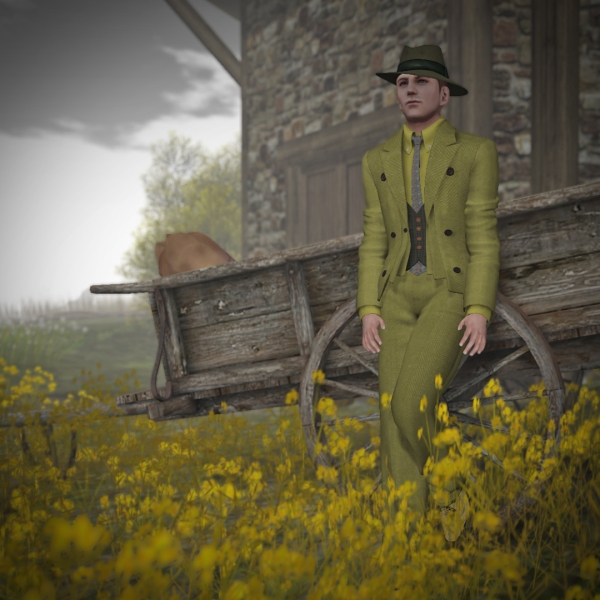 Location: Frisland [1]
Location: Frisland [1]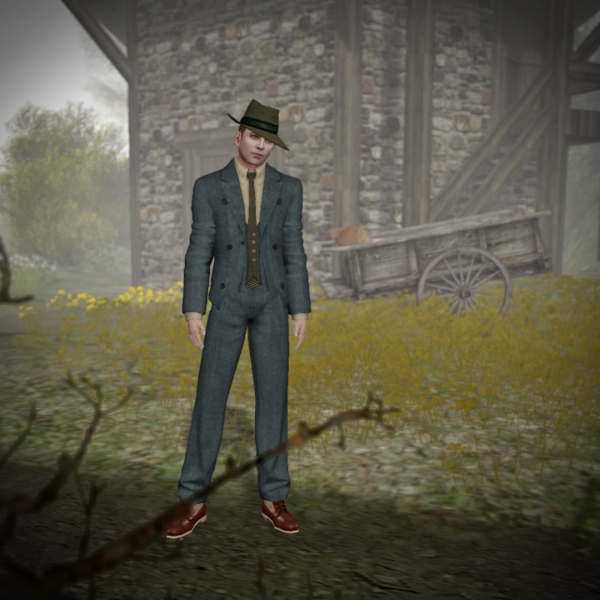
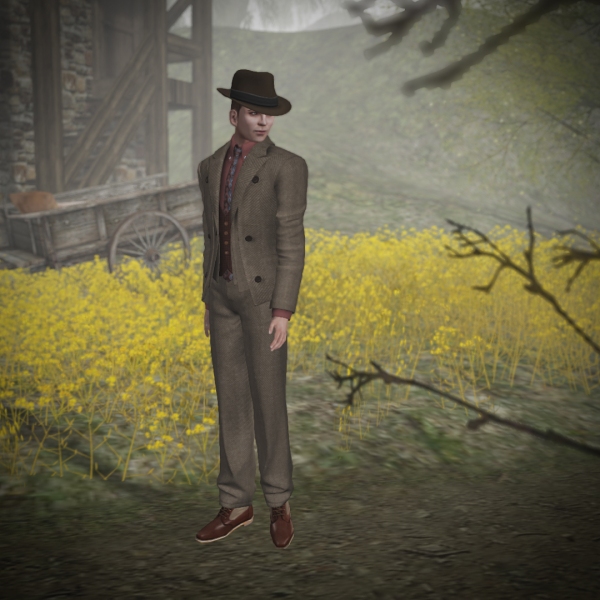
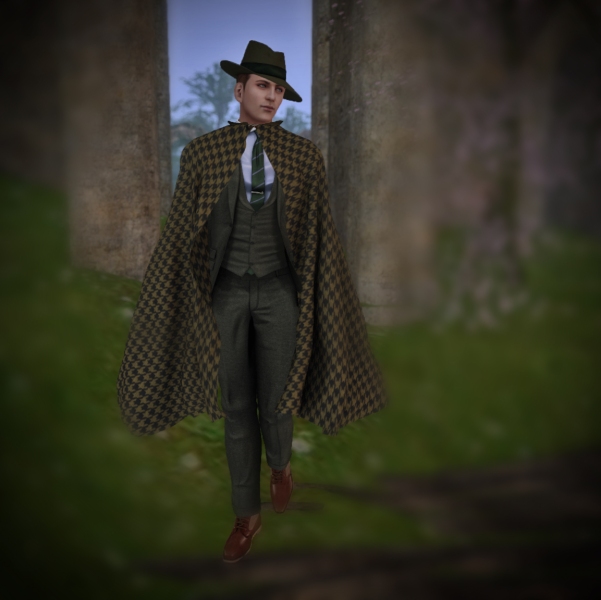
 Location:
Location: 









